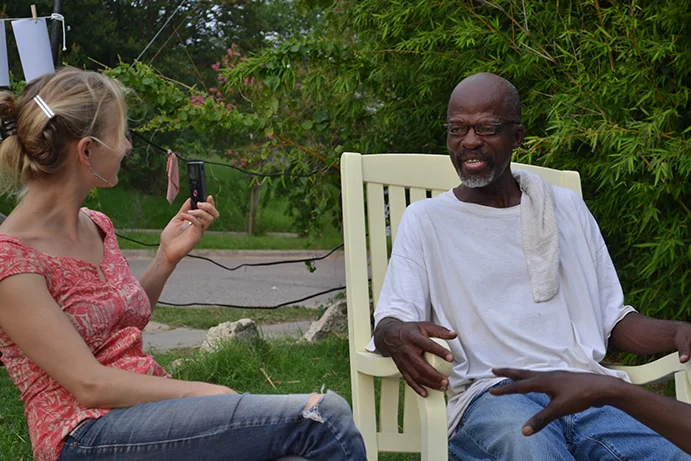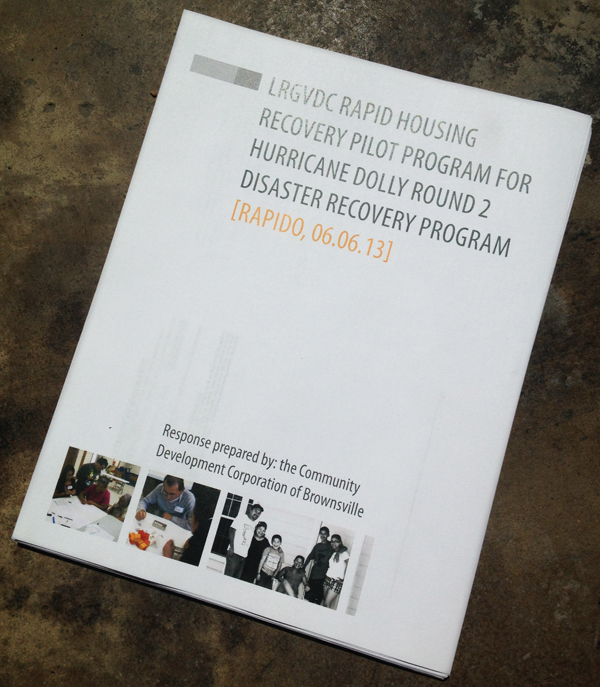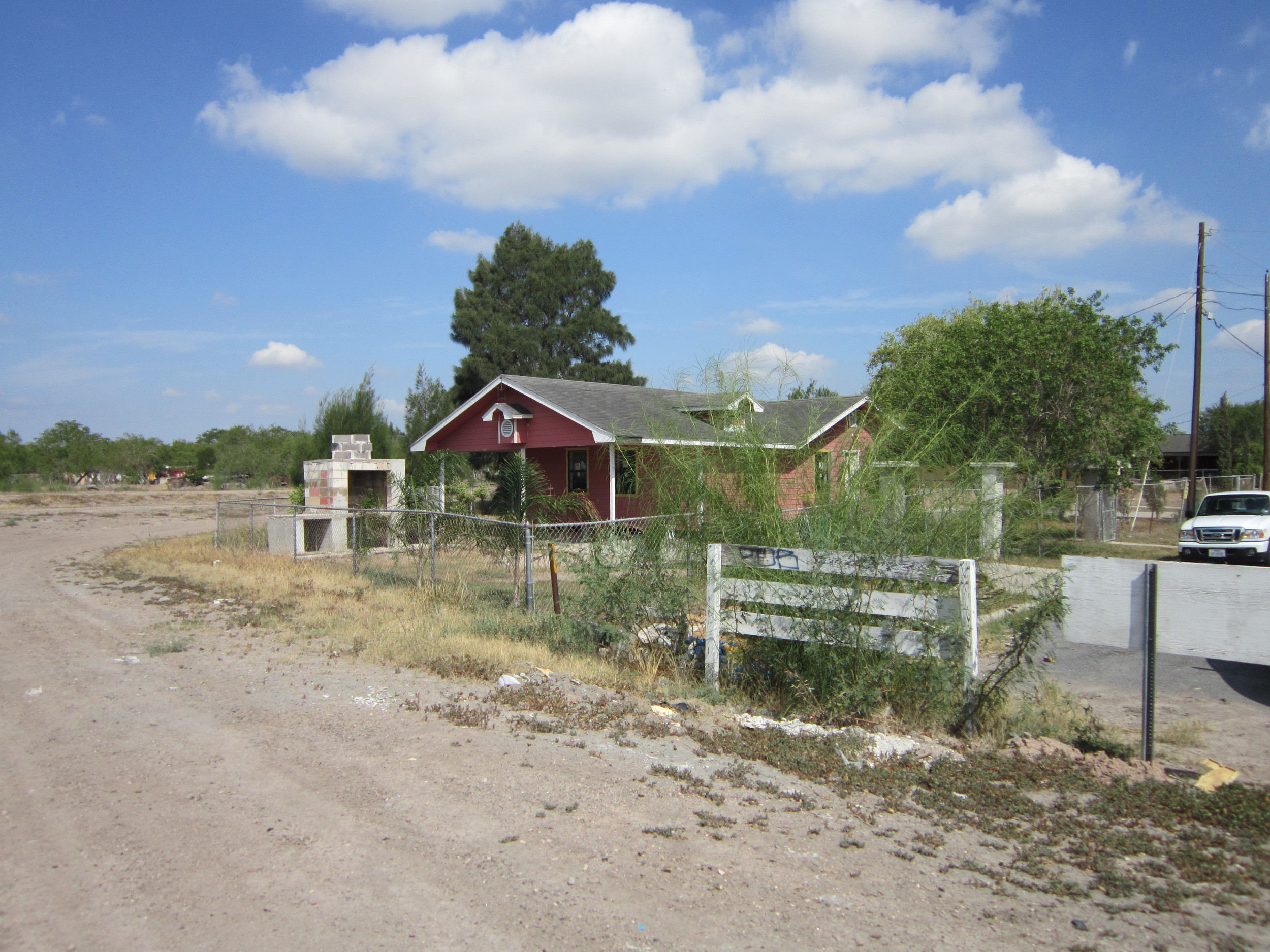In the summer of 2012, uncertainty surrounded the announced divorce of Texas Southmost College (TSC) and the University of Texas at Brownsville (UTB). City of Brownsville long-term strategic plans for the future economic vitality and success of its greater downtown core included anchor academic institutions, namely the existing TSC-UTB partnership and shared facilities. The separation of these two institutions had serious long-term economic and social implications for the health of the greater downtown area. An early study commissioned by UT Regents recommended a relocation of the UT Brownsville campus to a site north of the city, a plan generated without community engagement or input.
In an effort to influence the UT Board of Regents’ upcoming decision regarding the future location of UTB, bcWORKSHOP organized and facilitated a design charrette during which participants shared their vision for a new UTB and greater Downtown. The charrette paired local stakeholders with national experts in urban design, engineering, institutional development and city shaping. Public Architecture secured technical expertise in Cannon Design and Sam Schwartz Engineering and engaged U3 Ventures to assist with economic development. Participants, including academic administrators, faculty, students, business owners, developers, city staff, political leaders, and residents, numbered more than 75 during the July 25-28, 2012 charrette process.
bcWORKSHOP packaged the ideas generated at the design charrette and presented them in collaboration with the City of Brownsville to the Board of Regents. As a result, the UT system issued (1) a competitive Request for Qualifications for comprehensive architectural services concerning the design of a 21st century campus that was subsequently awarded to Cannon Design and (2) a Request for Proposals (RFP) for land acquisitions concerning the future location of UTB’s campus. Continuing planning efforts, the City of Brownsville asked bcWORKSHOP to assist in preparing a response to the RFP. The proposal created by bcWORKSHOP was a collection of privately and publicly owned land in the greater downtown and highlighted strengths of an urban campus as a place where:
- synergies exist to positively shape the multi-faceted student experience
- new development leverages existing UTB physical assets
- flexibility enables the new 21st century education model
The urban campus proposal was submitted in October 2012. On May 9, 2013 the University of Texas Board of Regents voted to pass a motion confirming Downtown Brownsville as the future location of UTB. The vote authorized negotiations for lease of property from Texas Southmost College and to continue discussions with the City of Brownsville regarding purchase of land for future development. The Board’s decision is a victory for UTB students, faculty, and the greater Brownsville community. The downtown campus decision is seen as a culmination of community engagement efforts to ensure that the long-term plan reflects a thoughtful investment in the vitality of the campus, the downtown area, and their users.
UTB 2.0: Proposal for a Knowledge Community was prepared following the Community charrette.
![[bc]](http://images.squarespace-cdn.com/content/v1/5248ebd5e4b0240948a6ceff/1412268209242-TTW0GOFNZPDW9PV7QFXD/bcW_square+big.jpg?format=1000w)
































































